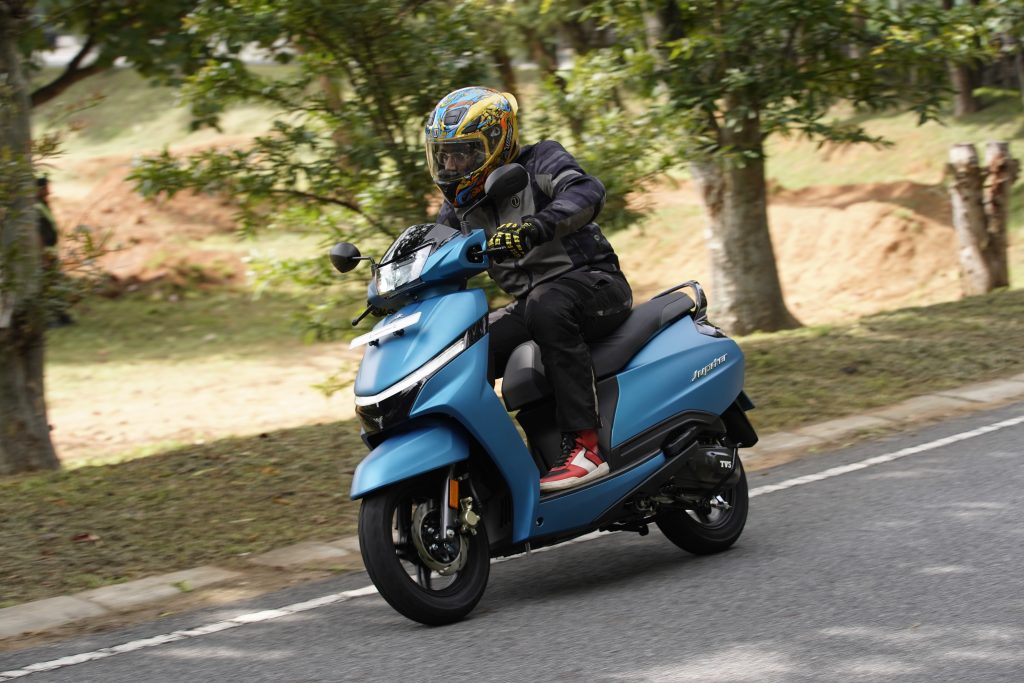
The TVS Jupiter made a resounding advent when it was launched a decade ago. For 2024, it gets some noteworthy changes and now this scooter takes the fight to the Honda Activa
Story: Charan Karthik
Photography: Sanjay Raikar
The mid-level scooter segment has always been one that was (and continues to be) hotly contested. The TVS Jupiter took a big bite out of that pie back in 2013 when it was launched. After what felt like 100 special editions, it finally gets an extensive and prominent revamp. TVS invited us to their factory in Hosur to experience it first-hand.
After a lot of hush-hush and zipped lips, the time arrived when the satin covers were finally pulled back and the scooter was revealed. At first glance, it was evident that TVS had bid adieu to the soft grocery-getter look. The front has a Cybertronian-like fascia with a thick black panel that has a single strip of LED daytime running lights (DRL) with integrated blinkers. The top variant gets intricate-looking LED headlamps. Touché. At the rear, cues have been taken from the iQube, the tail-lights are similar, and the blinkers are integrated. The scooter we rode was in the Dawn Matte Blue colour, a beautiful shade under the sunlight.
Beneath all the bodywork, a big change has taken place in the form of a new 113-cc, air-cooled, single-cylinder engine that makes 8.0 hp at 6,500 rpm and 9.2 Nm of torque at 5,000 rpm. The Jupiter also has an integrated starter generator (ISG), called the “iGO Assist” by TVS, that has been included to supply the engine with greater torque when required. With the iGO Assist, the motor makes 9.8 Nm of torque. The developers of the Jupiter claimed that there are two or three boosts that are made available by the iGO Assist at one go under hard acceleration. Although, the boost was barely felt while out riding. Once the boost is depleted, it takes anywhere from 100 to 120 seconds for it to replenish, and it all takes place on the go. You can also check this by glancing at the LCD instrument display where it indicates the status of the same. Talking about the instrument cluster, its display could have been brighter and the fonts could have been thicker in my opinion.
As I got astride the scooter and got going, I felt the refinement level had stayed intact and it was immediately noticeable. Vibrations are barely felt and, under moderate throttle input, the acceleration is smooth and gradual, without judder. Whacking it open will result in some vibrations that can be felt in the handlebar and mildly on the footboard. The continuously variable transmission (CVT) also thinks for a bit before picking up the pace. This scooter climbs above speeds of 60 km/h fairly quickly and I was able to attain an indicated top speed of 91 km/h.
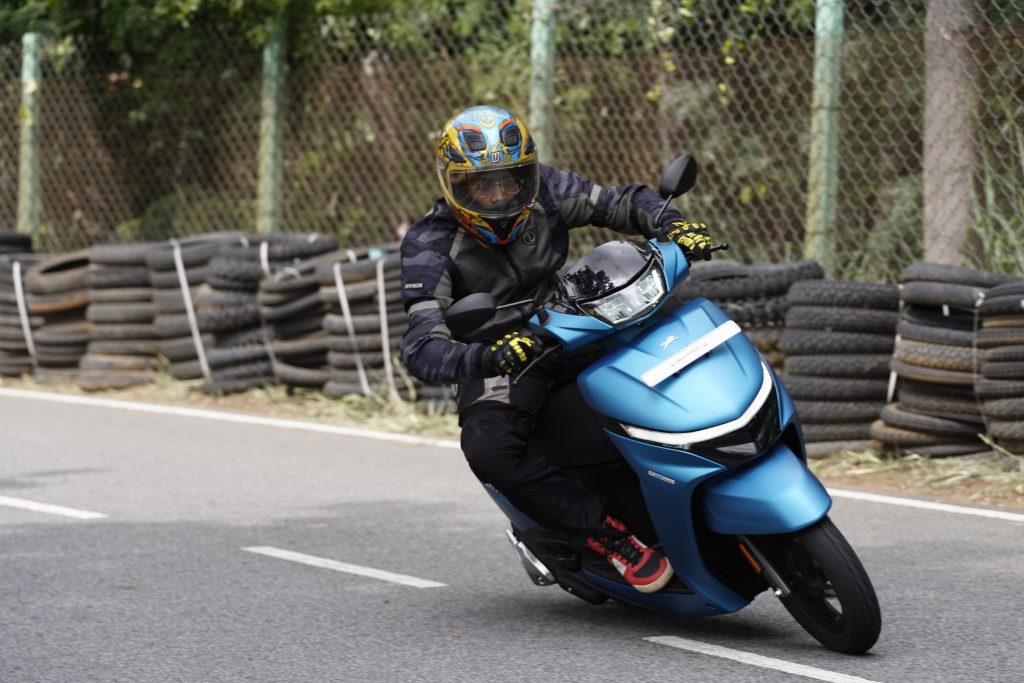
With a five-foot-eight-inch stature, I was comfortably sitting on the scooter with my feet resting equally comfortably on the slightly downwards-inclined footboard. The knee-room might be a smidge tight for taller riders.
Braking is handled by a 220-millimetre petal-shaped disc at the front and a 130-mm drum at the rear. The lower-spec variants get a drum brake unit at the front. The scooter gets the combi-braking system, meaning pulling any one of the brake levers will automatically result in the application of both the brakes simultaneously. The front brake is impressive and has a solid bite. The same can’t be said about the drum at the rear. Under emergency braking, the scooter automatically switches the hazard lights on, an important feature these days.
Other impressive characteristics of the Jupiter include the nimble, ready-to-dip-in feel that it gives the rider. Taking U-turns went like a breeze as the scooter reacted instantaneously below speeds of 20 km/h. This means commuting within the city will not take much effort. In this regard, its rivals definitely require greater effort.
After riding it on the TVS test-track in near-perfect conditions, I can safely say that the suspension gives a lot of stability and confidence, even above 80 km/h. Unfortunately, we did not get a chance to feel how it would perform on bad surfaces. Keep an eye out for a thorough road test in the future for details in this regard.
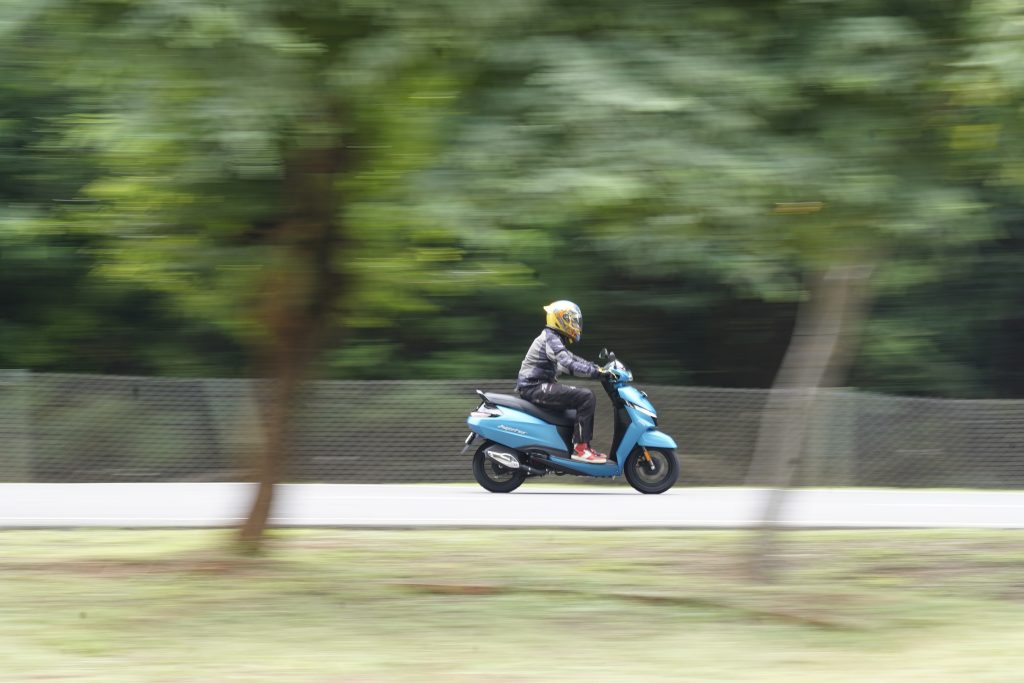
The average Jupiter buyers do not choose the scooter for its top speed; they choose it for its practicality and ease of use. And, on that space, it really excels. Space. See what I did there? The Jupiter has 33 litres of under-seat storage wherein two half-face helmets fit without scraping the side panels; fitting two full-size helmets might be a stretch, though.
As part of the package in the top-of-the-line variant is an automatic start/stop feature aimed at maximizing fuel efficiency. TVS claim that this feature makes the new Jupiter 10 per cent more fuel-efficient. Other features include a mobile charging port, a two-litre cubbyhole at the front for knick-knacks, Bluetooth connectivity, and six different colour options to choose from.
There are four variants of the TVS Jupiter 110 and the base Drum variant is priced at Rs 73,700. The top-of-the-line Disc SXC variant comes in at Rs 87,250. Both ex-showroom prices.
The TVS Jupiter 110 is a capable, solidly built, and beautiful looking scooter. With the addition of new features and that aggressive redesign to its front, the Jupiter surely has my heart, and I’m sure it will have my others’ too.

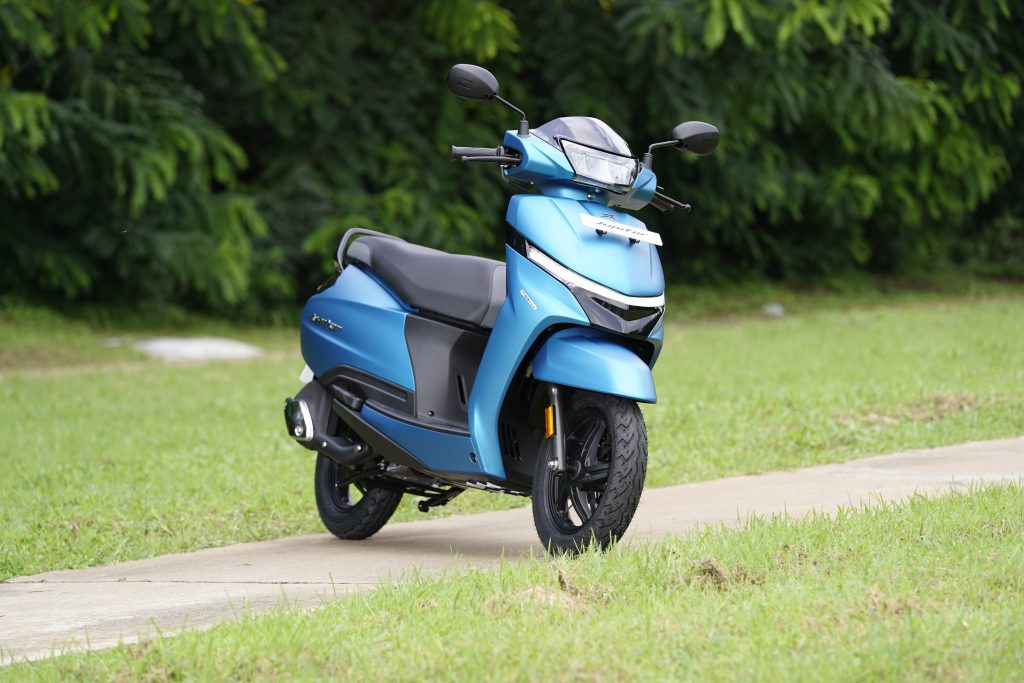
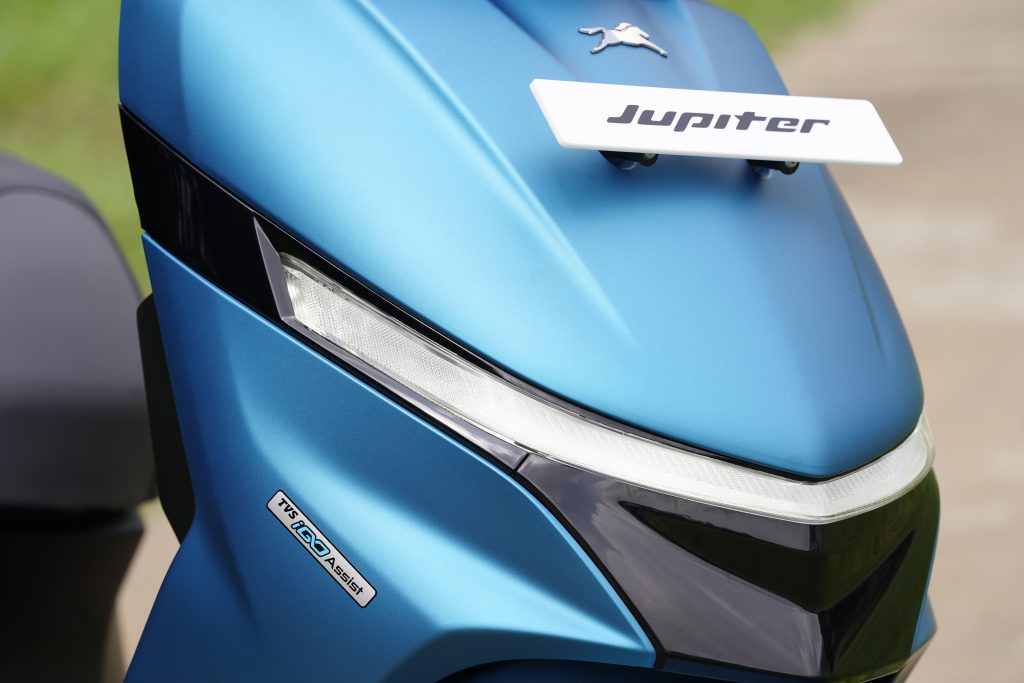
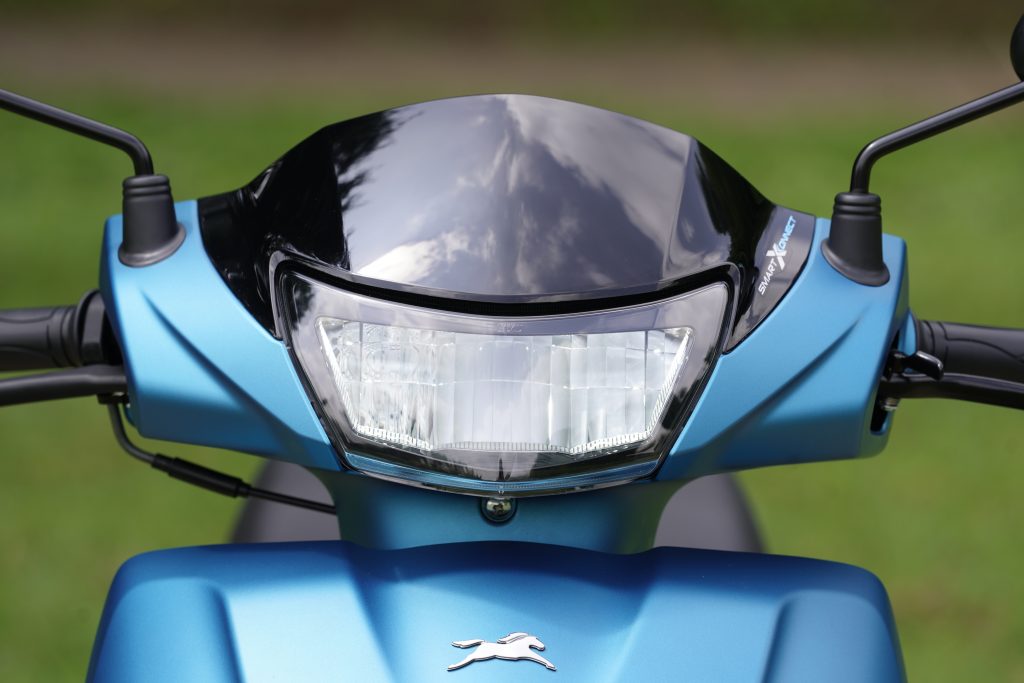
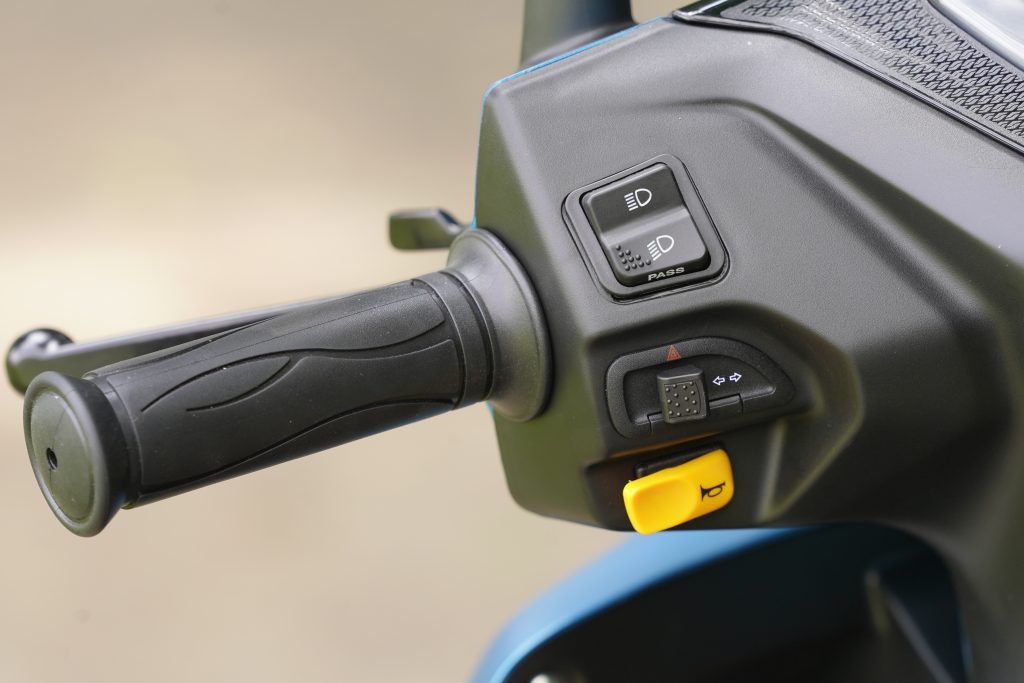
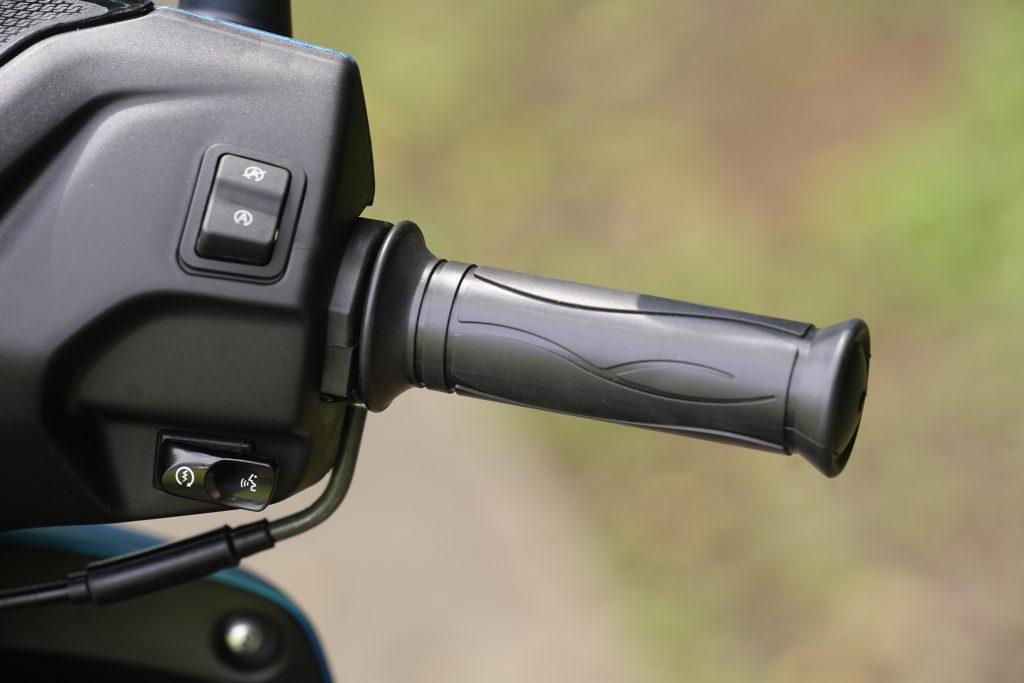
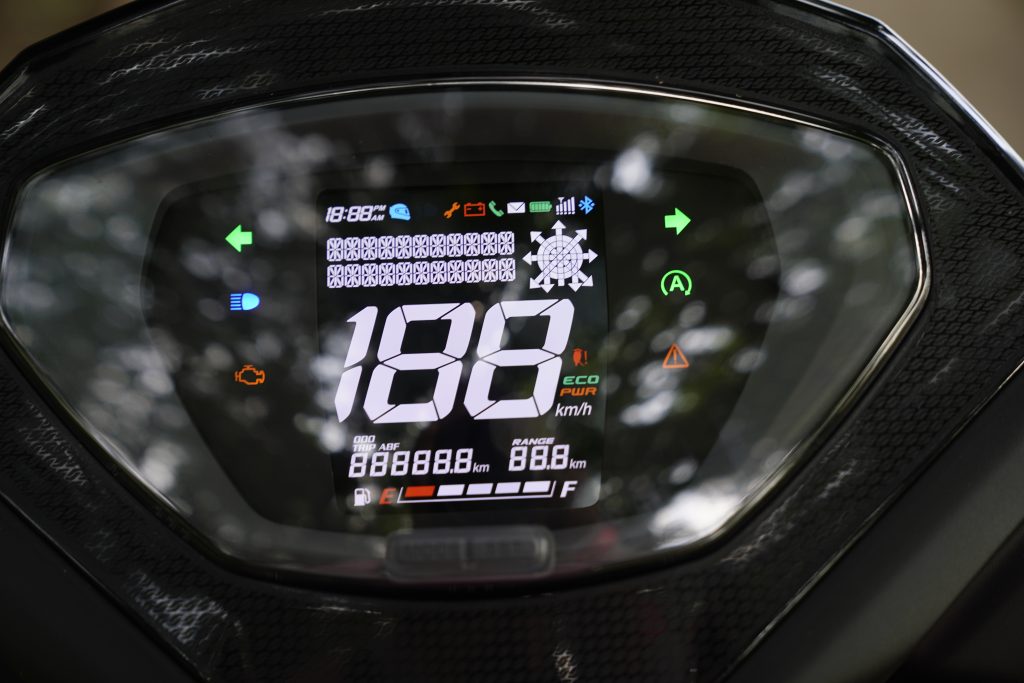
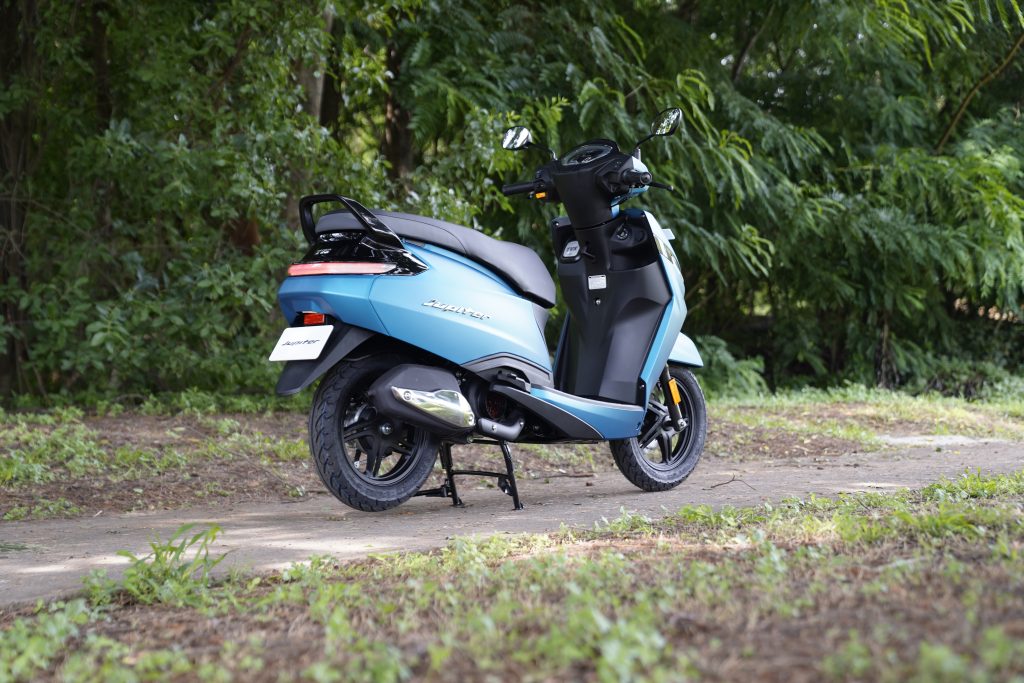
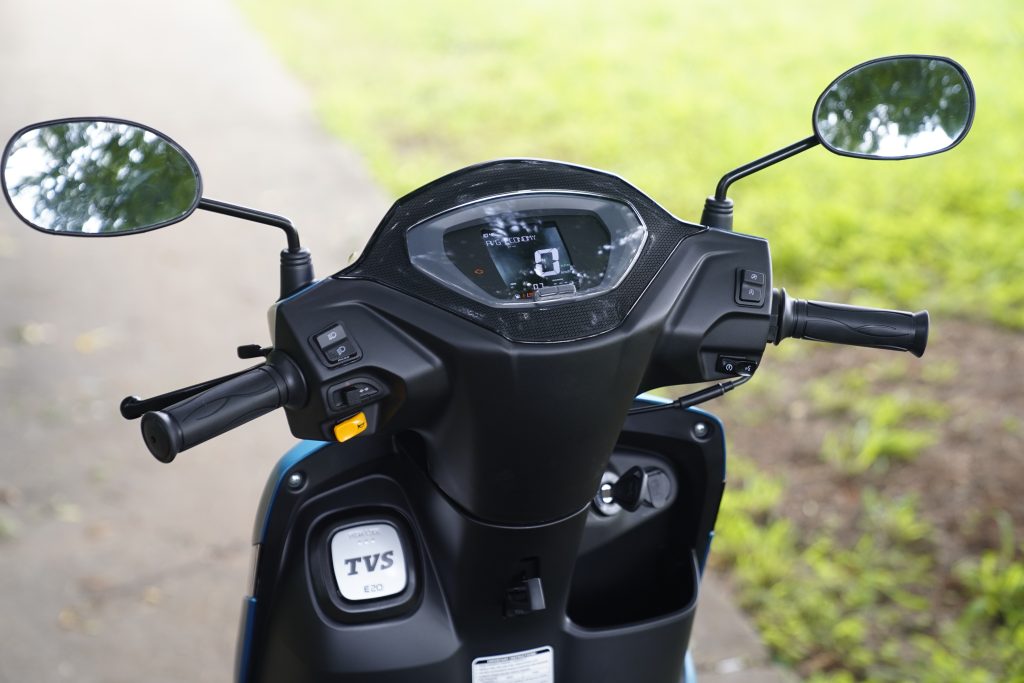
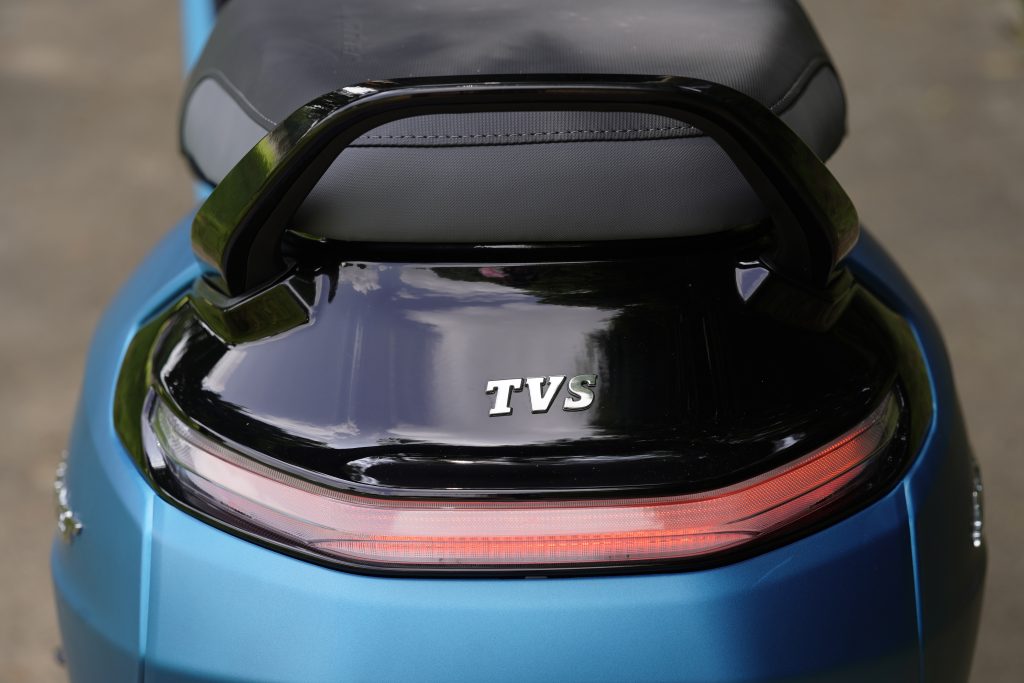
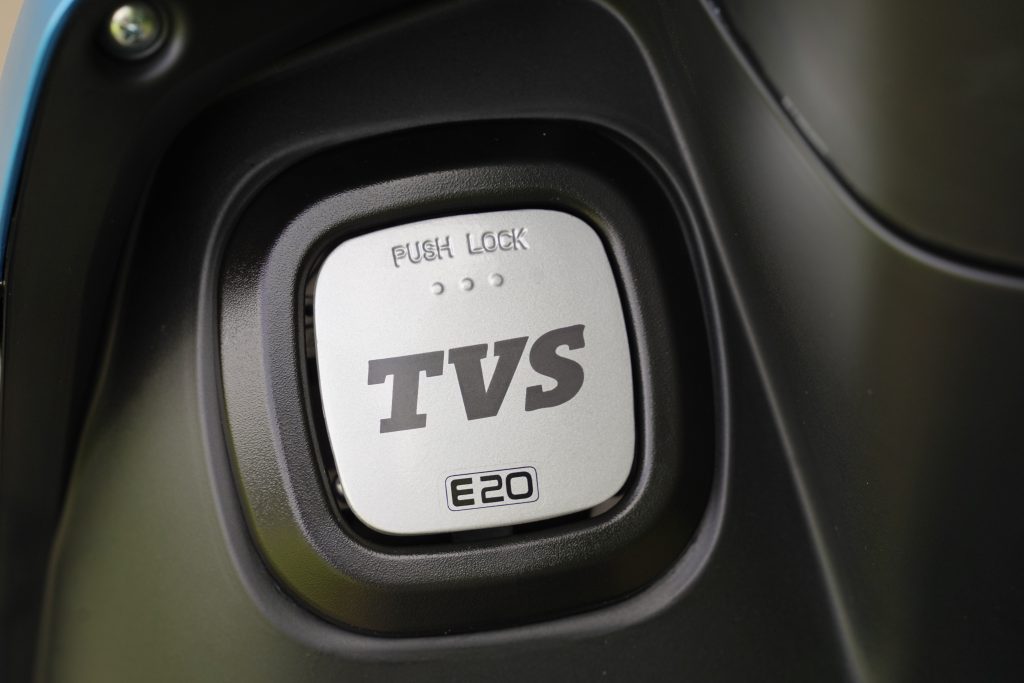

Leave a Reply